Seasonal Demand Fluctuations
Seasonal demand fluctuations play a crucial role in shaping the Rental Chiller Market. During peak seasons, such as summer months, the need for cooling solutions escalates, prompting businesses to seek rental options to meet temporary spikes in demand. This trend is particularly pronounced in sectors like events and hospitality, where large gatherings require substantial cooling capacity for limited durations. The ability to rent chillers allows companies to respond flexibly to these seasonal demands without incurring the costs of permanent installations. Market data suggests that the rental chiller segment experiences a significant uptick in utilization rates during these peak periods, highlighting the importance of adaptability in the Rental Chiller Market.
Emergence of Smart Technologies
The emergence of smart technologies is reshaping the Rental Chiller Market. Advanced monitoring and control systems are being integrated into rental chillers, allowing for real-time data analysis and optimization of cooling performance. These innovations enable businesses to enhance energy efficiency and reduce operational costs, making rental chillers more appealing. The incorporation of IoT (Internet of Things) technology facilitates remote monitoring, which can lead to proactive maintenance and reduced downtime. As companies increasingly prioritize operational efficiency, the demand for technologically advanced rental chillers is expected to rise. This trend indicates a shift towards a more sophisticated Rental Chiller Market, where technology plays a pivotal role in driving growth.
Increasing Industrial Activities
The Rental Chiller Market is experiencing a notable surge due to the increasing industrial activities across various sectors. Industries such as manufacturing, pharmaceuticals, and food processing are expanding, necessitating temporary cooling solutions to maintain optimal operational conditions. This trend is particularly evident in regions where production facilities are being upgraded or expanded. The demand for rental chillers is projected to grow as companies seek to avoid the high capital costs associated with purchasing chillers outright. According to recent data, the industrial sector accounts for a significant portion of the rental chiller demand, indicating a robust market potential for rental service providers. As industries continue to evolve, the Rental Chiller Market is likely to benefit from this upward trajectory.
Expansion of the Event Management Sector
The expansion of the event management sector significantly impacts the Rental Chiller Market. As events such as concerts, exhibitions, and corporate gatherings become more prevalent, the need for temporary cooling solutions intensifies. Event organizers often require reliable and efficient cooling systems to ensure attendee comfort and equipment functionality. This has led to a growing reliance on rental chillers, which provide the necessary cooling capacity without the long-term commitment of purchasing equipment. Market analysis indicates that the event management sector is a key driver of rental chiller demand, with many companies opting for rental solutions to accommodate varying event sizes and durations. This trend underscores the dynamic nature of the Rental Chiller Market.
Regulatory Compliance and Environmental Standards
The Rental Chiller Market is increasingly influenced by regulatory compliance and environmental standards. Governments worldwide are implementing stringent regulations aimed at reducing carbon emissions and promoting energy efficiency. As a result, businesses are compelled to adopt more sustainable cooling solutions, which often leads them to consider rental options. Rental chillers that meet these environmental standards provide companies with a viable alternative to traditional cooling systems. The market is witnessing a shift towards chillers that utilize eco-friendly refrigerants and energy-efficient technologies. This trend not only aligns with regulatory requirements but also enhances the reputation of businesses within the Rental Chiller Market, as they demonstrate a commitment to sustainability.


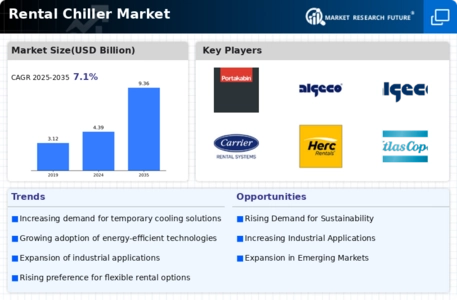
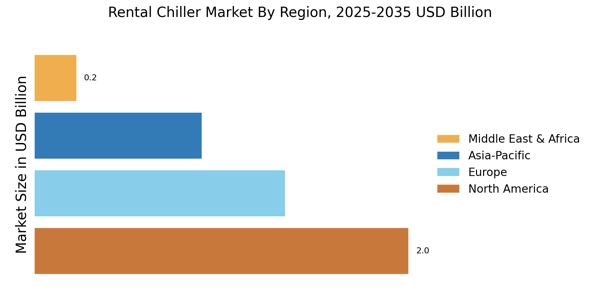
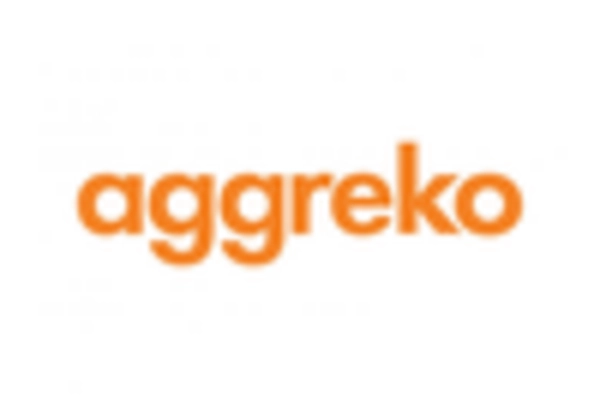
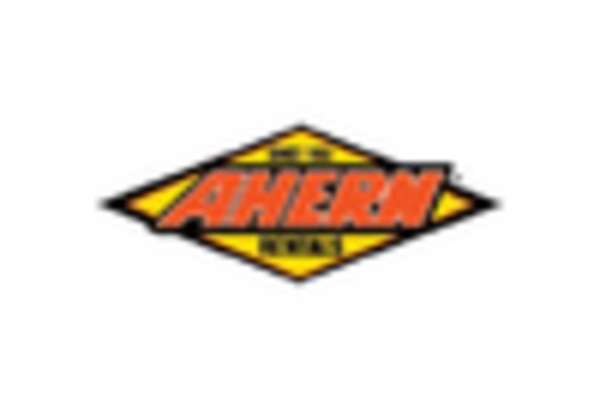
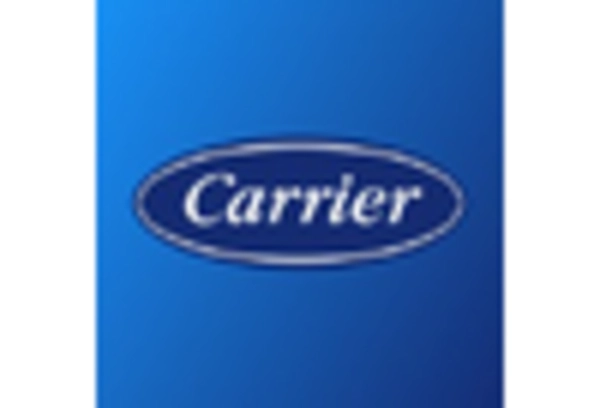
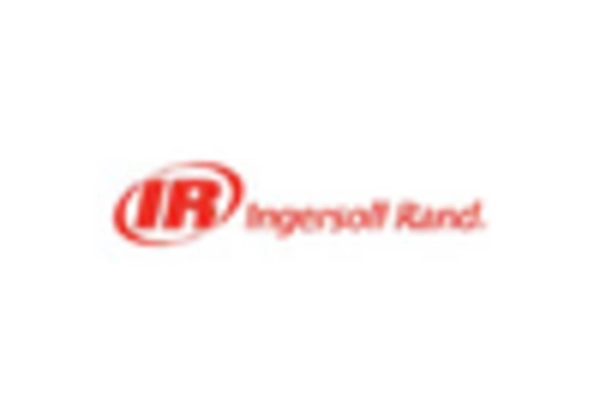

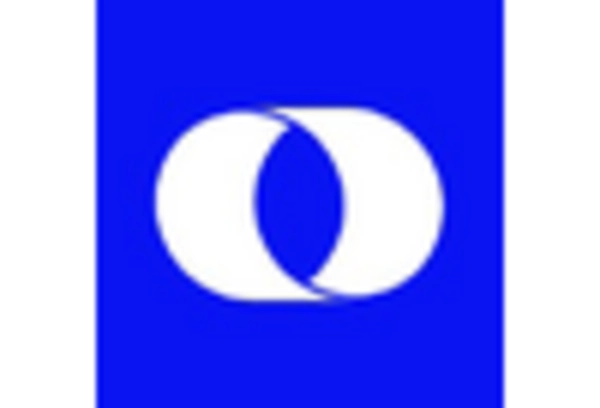








Leave a Comment